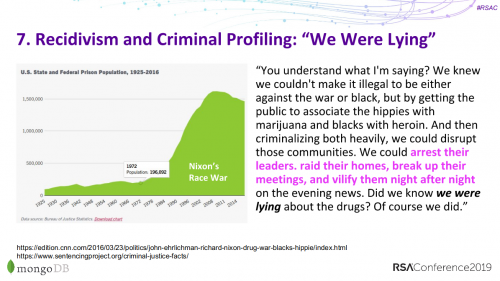Defense Secretary Pete Hegseth still won’t explain the intelligence behind ongoing illegal US strikes on civilian boats in international waters.
There’s a simple reason, which should be most apparent to students of international history: it turns out that these aren’t drug interdiction operations. Venezuelan ships are being attacked to disrupt Iran’s financial lifeline—and Israel’s fingerprints are all over extra-judicial strike orders.
Hegseth Won’t Share Certain Secrets

Venezuela has become a critical node in an Iran-Hezbollah money laundering operation. Cocaine moves through Venezuela, Hezbollah-connected facilitators handle the financial infrastructure, cash gets laundered through the Middle East, and proceeds fund Hezbollah operations against Israel.
Venezuelan Vice President Tareck El Aissami has been accused of helping Hezbollah members enter Venezuela and managing drug proceeds that flow back to Iran. Multiple investigations document how this network generates billions while helping Iran circumvent sanctions.
It’s running 1,500 miles from Miami, and it’s keeping Hezbollah operational after Israeli strikes degraded their capabilities.
Russia is Very Worried
Russia just responded to American attacks on these ships with warnings of “far-reaching consequences“. Putin isn’t defending drug traffickers, and he certainly isn’t standing up for civilian rights against targeted military strikes. Russia has $4 billion in Venezuelan arms sales, military advisers on the ground, and oil infrastructure as collateral for regime loans.
Venezuela is Moscow’s foothold in the Western Hemisphere. And Moscow is almost out of runway in their invasion of Ukraine. Some intelligence analysts predict Russia is approaching state failure next year, bringing foreign lifelines and networks into focus. That is essential context for Trump’s latest war mongering:
“They’re not coming in by sea any more, so now we’ll have to start looking about the land because they’ll be forced to go by land,” he added in an apparent threat to strike Venezuela.
Consider that Venezuela is Russia’s ally Iran’s cash cow, which is directly feeding the Ukraine war. These strikes on boats don’t just disrupt drugs—they attack the financial pipeline keeping Hezbollah funded and Iran relevant despite sanctions.
Israeli Intel Directs American Missiles
The strikes’ intensity and illegality—bypassing law enforcement channels, refusing oversight, offensive operations in international waters—suggest Israeli intelligence being weaponized through US military force.
Israel has tracked Hezbollah’s Latin American networks since the 1994 AMIA bombing in Buenos Aires. The Trump administration’s designation of cartels as “foreign terrorist organizations” creates a framework allowing secret intelligence about Hezbollah financing to abruptly become targeting data for loud and proud American military strikes.
Hegseth can’t explain the intelligence because it would invite scrutiny of Israeli operational involvement in directing American force on foreign states. Secretary Rubio admitted the boats “could have been interdicted” through normal law enforcement. But interdiction means trials, evidence, due process, scrutiny.
This is 1960s assassination modeling dressed in 1970s drug war rhetoric, designed to destroy 1980s Iranian power and financial capabilities without current congressional authorization or public debate—in pusuit of immediate Israeli security interests.
The Looming Domestic Shadow
The framework being tested in Venezuelan waters transfers directly home. If the executive can designate “narco-terrorists” for extrajudicial killing based on secret intelligence about Iranian networks, the same framework applies to any group labeled “terrorists” domestically.
Trump has already designated Tren de Aragua as terrorists, invoked the Alien Enemies Act against migrants, deployed troops to cities, and effectively legalized racial profiling. The scaffolding is being built. The legal theories are being tested where oversight is minimal.
Phoenix Program started in Vietnam and came home to COINTELPRO. The infrastructure of targeted killings based on secret criteria always expands beyond its stated parameters.

That’s what the Church Committee documented 50 years ago when establishing why democratic oversight requires transparency.
“We have every authorization needed. These are designated as foreign terrorist organizations,” Hegseth said…. Hegseth and President Donald Trump have not provided evidence for claims that the targeted boats were carrying drugs.
GOP “War on Drugs” Still Signals Race

These boats maybe were carrying cocaine.
The people killed maybe were traffickers.
But they’re being killed primarily because they’re part of a financial network helping Iran fund resistance to Israeli power. That means the US military has become the enforcement arm of an Israeli agenda.
Russia understands this.
Iran understands this.
The only people kept in the dark are Americans, told a yarn about drugs while their military establishes how the unitary executive can again kill anyone, anywhere, based on secret reasons only a Dick or Donald can know.

That precedent won’t stay in international waters. It never does. We know this from the Nixon years. History rhymes even when it doesn’t repeat exactly.

